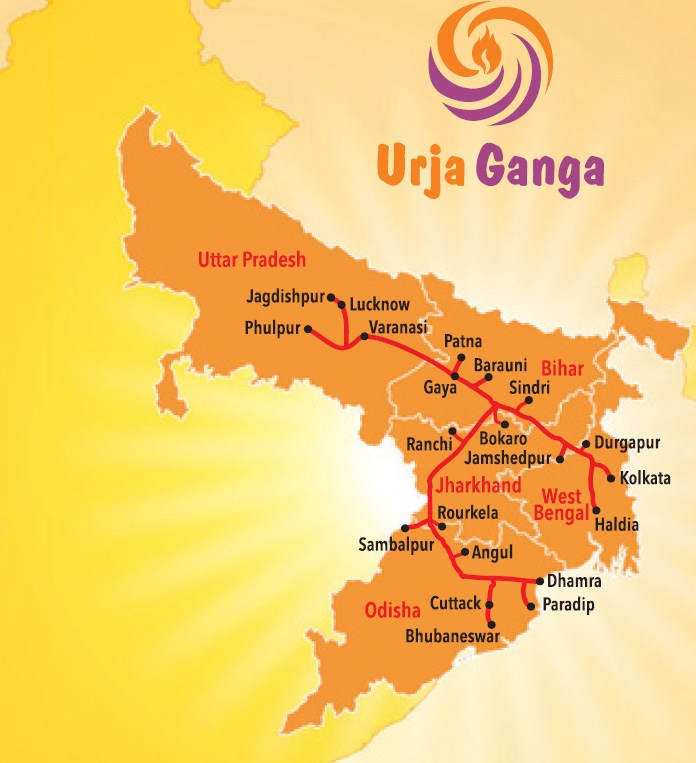NAG missile
- Indian Army has successfully carried out trials of third Generation NAG Missile.
- It is a fire-and-forget, Anti-tank guided missile developed by DRDO.
- It is designed to destroy tanks and other heavily armoured targets.
- HeliNa (Helicopter-launched Nag)
- Land version (with mast-mounted missile launcher)
- Man Portable NAG,
- Air-launched version for tactical interdiction aircraft
- NAMICA (NAg MIssile Carrier), a tank destroyer variant built for the army.
- It is equipped with Active Imaging infra-red (IIR) seeker and millimetric wave (mmW) active radar homing seeker.
- It is all weather missile with a range of 3 to 7 km.
- It is developed under Integrated Guided Missile Development Programme (IGMDP)
- Other missiles developed under IMGDP project includes Agni, Prithvi, Trishul and Akash.
Deworming Programme
- It is an initiative of ‘Ministry of Health and Family Welfare’, to make every child (ages of 1-19 years) in the country worm free.
- It is done through the platform of schools and Anganwadis.
- According to WHO, 241 million children in India are at risk of parasitic intestinal worms called Soil-Transmitted Helminths (STH).
- ‘Helminths’ are transmitted through soil contaminated with faecal matter.
- The infections can lead to anemia, malnutrition, impaired mental, physical and cognitive development..
- Children are most vulnerable as their immune system is not yet fully developed.
- Untreated infections prevent children’s healthy growth, and reduce their capacity to concentrate and learn.
- During Deworming, single dose of ‘Albendazole’ is administered.
- Practices promoted by government to reduce worm infections are,
- Using sanitary toilets, not defecating outside.
- Hand-washing, before eating and after using toilets.
- Washing fruits and vegetables in safe and clean water.
- Eating properly cooked food.
Solar Charkha Mission
- It is the employment generating venture of Ministry of MSME to train rural people in weaving.
- The looms and spindles will be completely powered by Solar energy.
- It is being implemented by Khadi and Village Industries Commission (KVIC).
- Objectives of the mission,
- To ensure inclusive growth by generation of employment, especially for women and youth.
- Sustainable development through solar charkha clusters in rural areas.
- To leverage low-cost, innovative technologies, boost rural economy etc
- The geographical distribution of the clusters covers throughout the country.
- At least 10% clusters located in the North Eastern Region (NER), J&K and hilly states.
Atal Bimit Vyakti Kalyan Yojana (ABVKY)
- It is to financially support those who lost their jobs and were covered under the Employees' State Insurance Act, 1948.
- It benefits mainly to formal sector Insured Persons’ (IP).
- It was launched by ‘ESI Corporation’ under ‘Ministry of Labour & Employment’.
- The cash benefit will be of 25% of the average per day earning during the previous four contribution periods.
- It is payable in case of unemployment or during a search for new engagement.
- The scheme will be funded by the employees themselves from their ESI contribution.
- It is to be paid up to maximum 90 days of unemployment once in lifetime.
- It will be applicable to all factories and establishments employing at least 10 workers.
Pradhan Mantri Urja Ganga Project
- It is a gas pipe line project aims to provide piped cooking gas (PNG) to residents of eastern region of the country.

- It also aims to provide CNG for vehicles.
- It is a project under Ministry of Petroleum & Natural Gas.
- It will pave way for revival of industries in those areas and development of city gas network, generating a large number of jobs.
- The various initiatives to increase the domestic production of crude oil and natural gas which includes,
- New Domestic Natural Gas Pricing Guidelines-2014.
- Hydrocarbon Exploration and Licensing Policy.
- Policy for early monetization of Coal Bed Methane.
- Setting up of National Data Repository.
- Policy for Extension of Production Sharing Contracts.
- Policy framework for exploration and exploitation of Unconventional Hydrocarbons.
- Re-assessment of Hydrocarbon Resources.
- The pipeline covers Odisha, Uttar Pradesh, Bihar, Jharkhand, West Bengal and Assam.
Source: PIB, The Indian Express
